hendford manor Coach house
hendford manor coach house
The coach house of James Hooper's town house
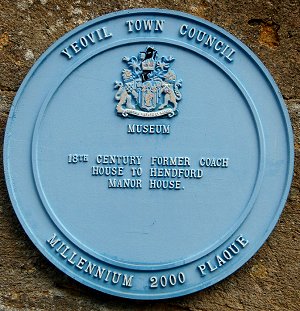 Hendford Manor,
halfway along
the eastern side
of
Hendford,
was originally
built about 1740
for Rev. James
Hooper, a Yeovil
solicitor. It is
a fine town
house of Ham
stone ashlar
with a Welsh
slate roof
between coped
gables, of two
storeys with an
attic and
basement.
Hendford Manor,
halfway along
the eastern side
of
Hendford,
was originally
built about 1740
for Rev. James
Hooper, a Yeovil
solicitor. It is
a fine town
house of Ham
stone ashlar
with a Welsh
slate roof
between coped
gables, of two
storeys with an
attic and
basement.
The Coach House is a Grade II listed building and is set to the northeast of Hendford Manor house, is thought to be contemporary with this early phase of the Manor House. It is of two storeys on a rectangular plan.
The following is taken from the Somerset Historic Environment Record -
Former Coach House. Early Rectangular plan, with slight end projection in south flank; 2-storey. Main entrance in narrow west elevation of 3-bays with deep stone plinth and approach stairway. Central pair of 3-panel doors has simple stone surround supporting cornice: on each side at ground floor level narrow pairs of 8-pane sash windows set in raised surrounds with plain central mullions. Venetian window over entrance door flanked by 2 circular windows with 5 radial glazing bars (the left-hand side false). South side elevation of 5-bays, centre 3 wider but otherwise a repeat of west elevation: doors now replaced with 16-pane sash windows. Outer bays project slightly and have high semi-circular arched openings now glazed in, no windows over. Moulded stone gutter all round: other two elevations much altered.
The Wyndham Museum was originally the billiard room of No 28 Kingston (see Gallery below). The museum was the gift of former Vicar of Yeovil, William Wyndham, to the town and, together with the magnificent gun collection of Henry Stiby, formed the origins of the later Yeovil Museum. The museum was later housed in the municipal offices in King George Street.
Then, (I think) in the late 1970s or early 1980s, the town's collection of artifacts was housed in the Hendford Manor Coach House for many years.
In 2011 the District Council, in a decision based purely on economics rather than the wishes of the electorate, relocated its town centre museum collection from the former Hendford Manor Coach House to the Community Heritage Access Centre in Artillery Road on the edge of town. Indeed, the word 'Community' is something of a misnomer since the community at large rarely visits and not that many even know of its existence. The word 'Access' is an even greater misnomer as it is almost inaccessible unless you have a car, you have to telephone for an appointment (I've never yet managed to get an appointment within two weeks) and it will never be seen by visitors to the town because of its remote location. Once inside it is, most sadly, a glorified storage shed with the town's collection crammed in with no apparent order. To be honest, it is a disgusting shame that our heritage is hidden away, no matter what the cost savings. End of rant.
Map
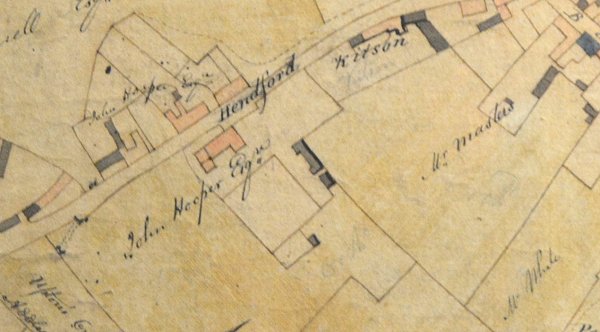
A section of Edward Bullock Watts' 1806 map of Yeovil with the Hendford Manor Coach House at centre, shaded black, and to its left is Hendford Manor itself, shaded pink and annotated as the property of John Hooper Esq.
gallery
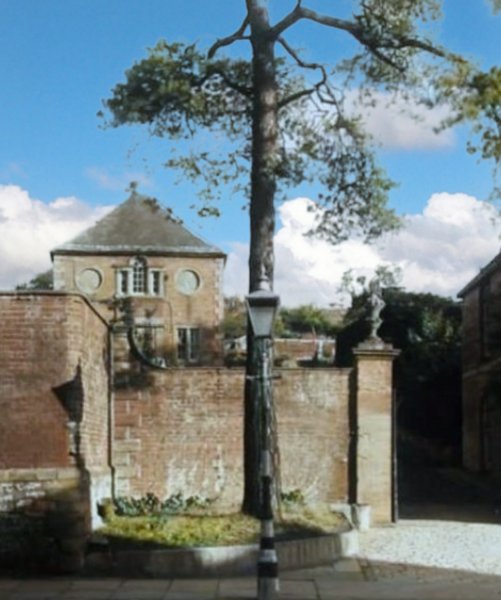
The coach entrance at right seen from Hendford. At centre left is the Coach House and at extreme right is just glimpsed the flank wall of Hendford Manor itself. A colourised photograph of 1942.
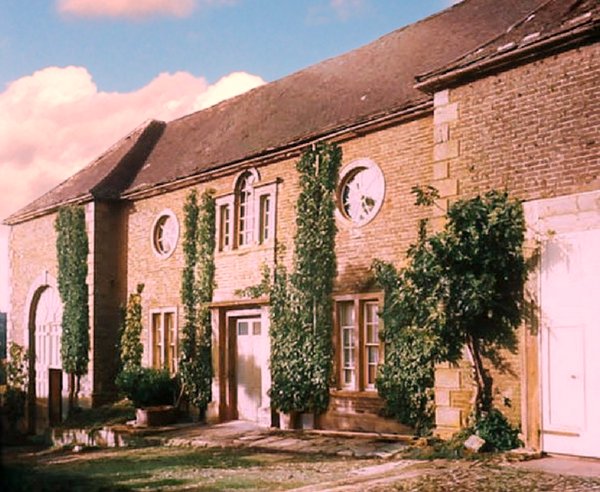
This colourised photograph
features in my
book 'Yeovil
From Old
Photographs'
The south elevation of the Coach House, photographed in 1942.
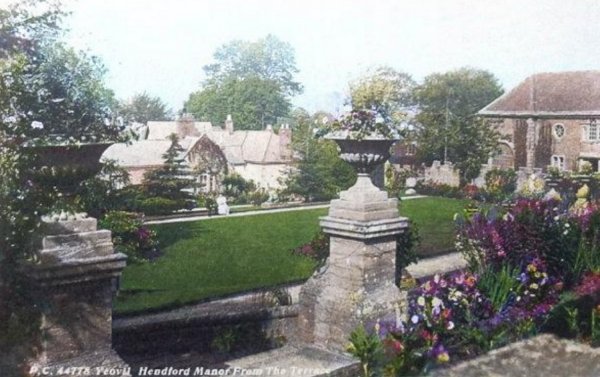
A colourised postcard, dated 1911, showing the formal gardens behind Hendford Manor with the coach house at right. This area is now the approach to the Octagon Theatre.
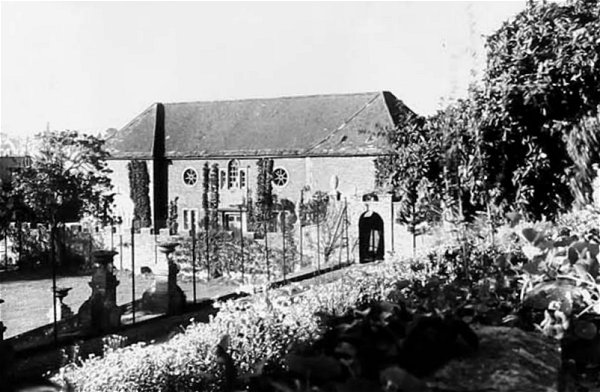
The Coach House, photographed from Hendford Manor gardens in 1942.
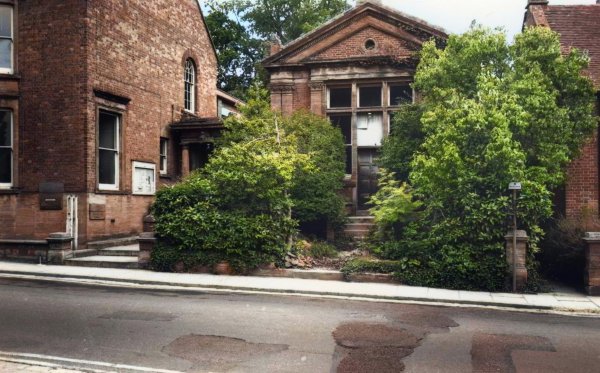
From the Cave
Collection
(colourised),
Courtesy of South Somerset Heritage Collection
The Wyndham Museum was originally the billiard room of No 28 Kingston. The museum was the gift of William Wyndham to the town and formed the origins of the later Yeovil Museum. The museum was later housed in the municipal offices in King George Street and then in the coach house of Hendford Manor. Today it is all locked up in Artillery Road and, although it is still accessible by appointment, how awful is that!
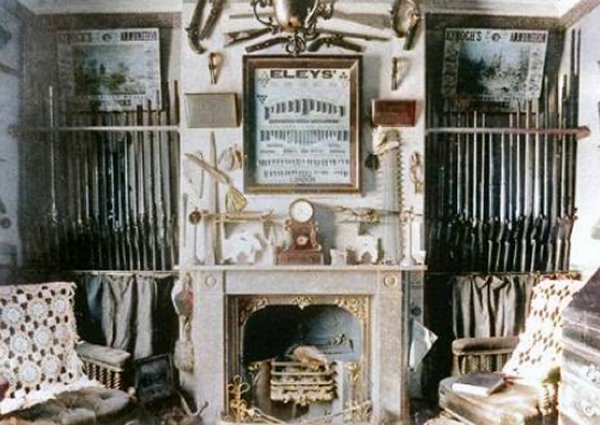
A colourised photograph of Henry Stiby's study at 5 The Park. His gun collection was donated to the Wyndham museum and is now, most sadly, locked away in the council's store at Lufton.
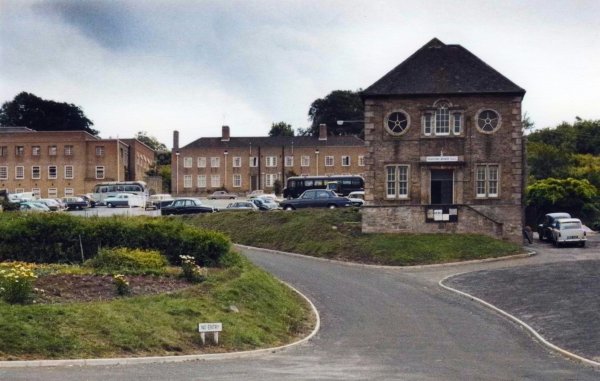
From the Cave
Collection
(colourised),
Courtesy of South Somerset Heritage Collection
The newly-made entrance to the car park in Petters Way. To the right stands the Hendford Manor Coach House, which later housed Yeovil Museum. Photographed in the 1960s.
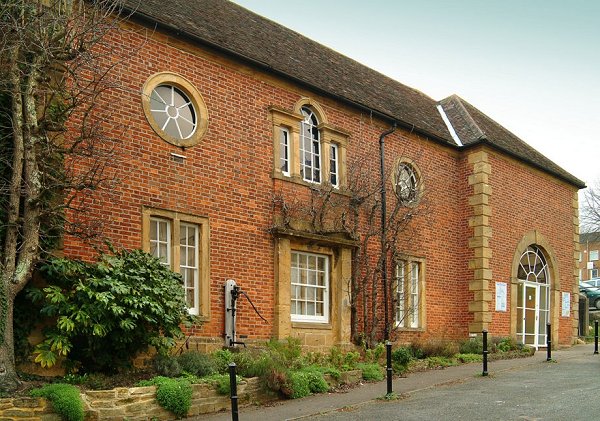
Hendford Manor Coach House photographed in the late 1990s.
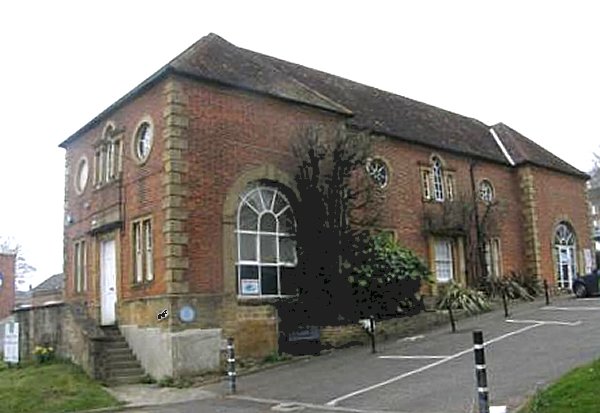
.... and seen in 2014.
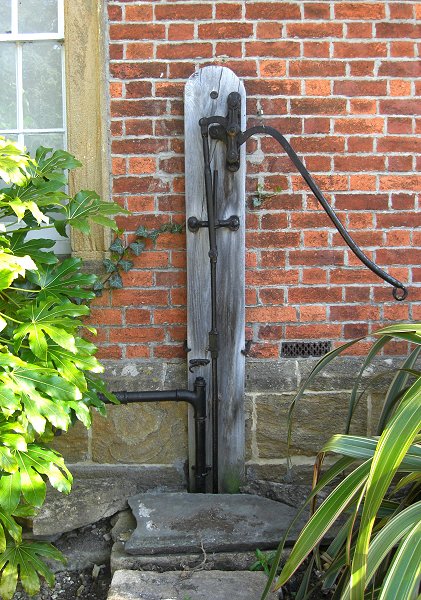
This old water pump, pretty much the sole survivor of some two hundred that were once in Yeovil, stands alongside the Hendford Manor Coach House. Photographed in 2014.
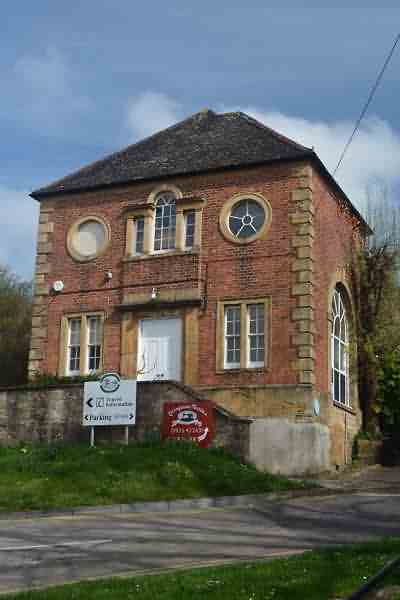
This photograph
features in my
book "Yeovil
In 50 Buildings"
The south elevation of Hendford Manor Coach House. Photographed in 2017.
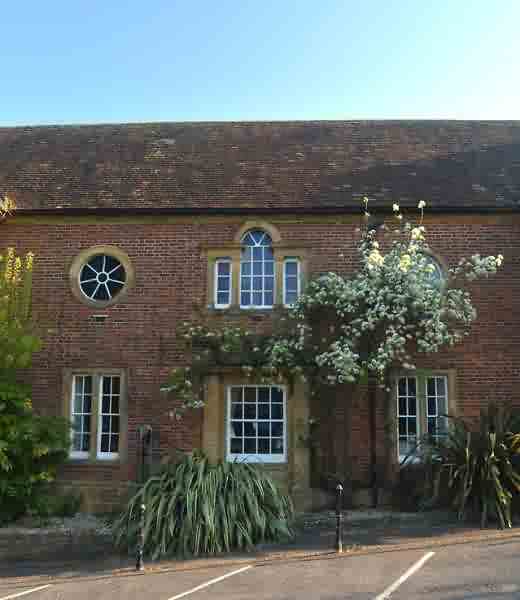
This photograph
features in my
book "Yeovil
In 50 Buildings"
Window detailing of Hendford Manor Coach House. Photographed in 2017.